Indoor Allergen Control and Prevention Measures
Providing a Safe Indoor Environment for Children Controlling and preventing indoor allergens is essential for preventing and managing allergies, especially among children. Here are some measures for controlling and preventing indoor allergens to ensure a safe indoor environment for children:
- Cleaning and Dusting: Regular indoor cleaning is key to reducing indoor allergens. Cleaning bedding, carpets, furniture, and other surfaces can reduce the accumulation of dust, dust mites, and other allergens. Using efficient dusting equipment such as vacuum cleaners equipped with HEPA filters can effectively capture dust and allergens.
-
Maintaining Appropriate Humidity: Excessive or low humidity can promote the growth and proliferation of allergens. Maintaining appropriate humidity levels, typically within the range of 40-50%, can reduce the growth of mold and other allergens. Using humidifiers or dehumidifiers can regulate indoor humidity.
-
Indoor Air Purifiers: Using air purifiers can effectively remove allergens from the air and improve indoor air quality. Choosing air purifiers equipped with high-efficiency filters (such as HEPA filters) and activated carbon filters can capture dust, pollen, pet dander, and other allergens while adsorbing VOCs, SVOCs, and odors, comprehensively purifying indoor air.

Allergen Avoidance Strategies
How to Reduce Exposure to Allergens and Allergic Symptoms In addition to controlling indoor allergens, adopting allergen avoidance strategies is also an important measure for preventing allergic reactions. Here are some common allergen avoidance strategies:
- Food Allergen Avoidance For food allergies in children, it is crucial to know their allergenic foods and avoid consuming those foods. Carefully reading food labels and ingredient lists during food purchases and preparation can help avoid contact with allergenic foods.
-
Pet Allergen Avoidance If children are allergic to pet dander, consider avoiding close contact with pets or choosing hypoallergenic pet breeds. Maintaining cleanliness in the indoor environment and regularly bathing and cleaning pets can reduce the dispersal of pet allergens.
-
Pollen Allergen Avoidance For pollen allergies, try to avoid outdoor activities during periods of high pollen concentration, such as in the early morning and evening. After returning home, promptly change clothes and take a shower to reduce the potential of bringing pollen indoors.
Conclusion: By controlling and preventing indoor allergens and implementing allergen avoidance strategies, we can reduce the risk of allergic reactions in children and provide them with a safe and comfortable indoor environment. Regular cleaning and dusting, maintaining appropriate humidity, using air purifiers, and other measures help reduce allergen exposure. Additionally, knowing children's allergenic foods, pet allergens, and pollen allergens and avoiding contact with these allergens are important strategies for preventing allergies. Importantly, parents should collaborate with healthcare professionals to develop personalized prevention and management plans to ensure the health and well-being of children.

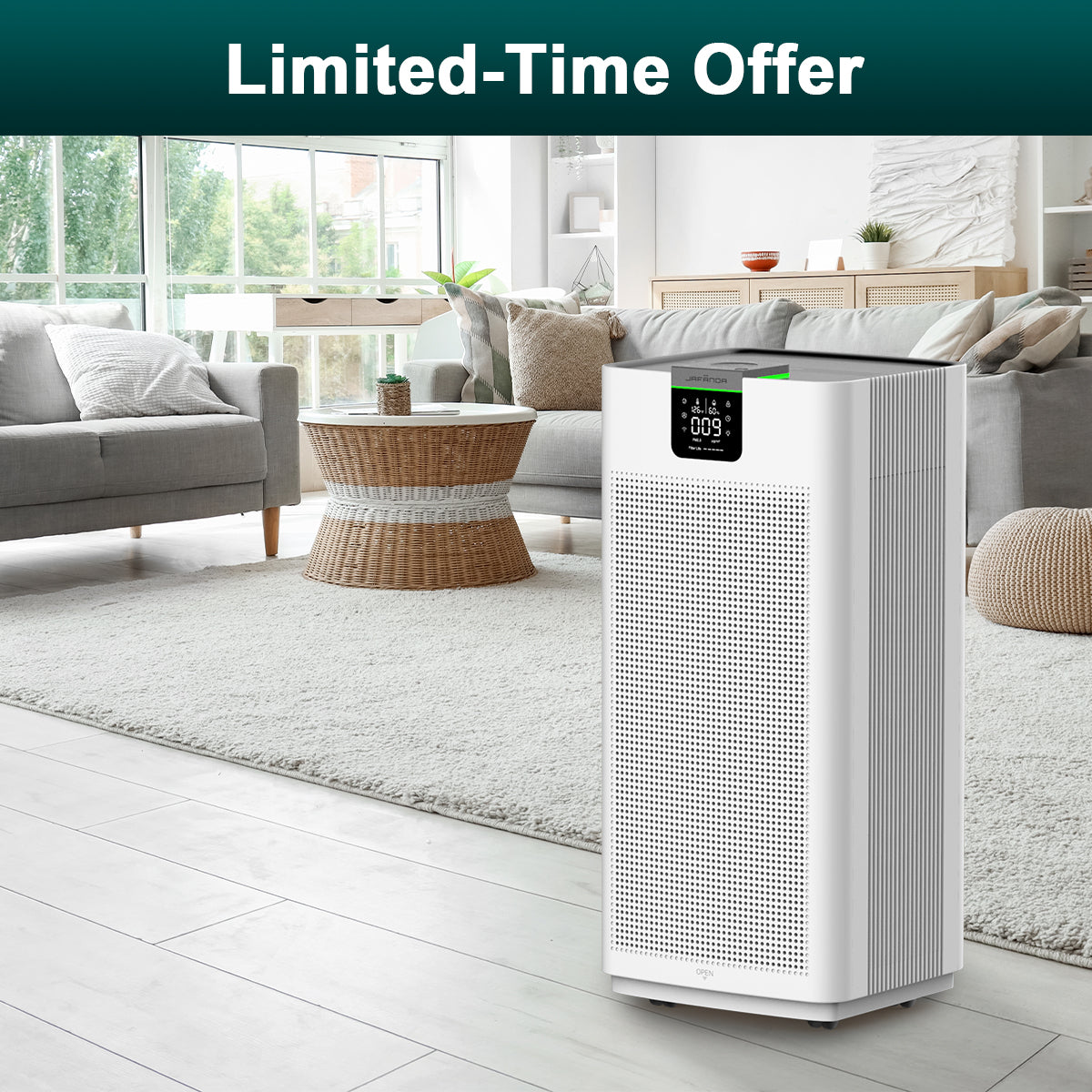
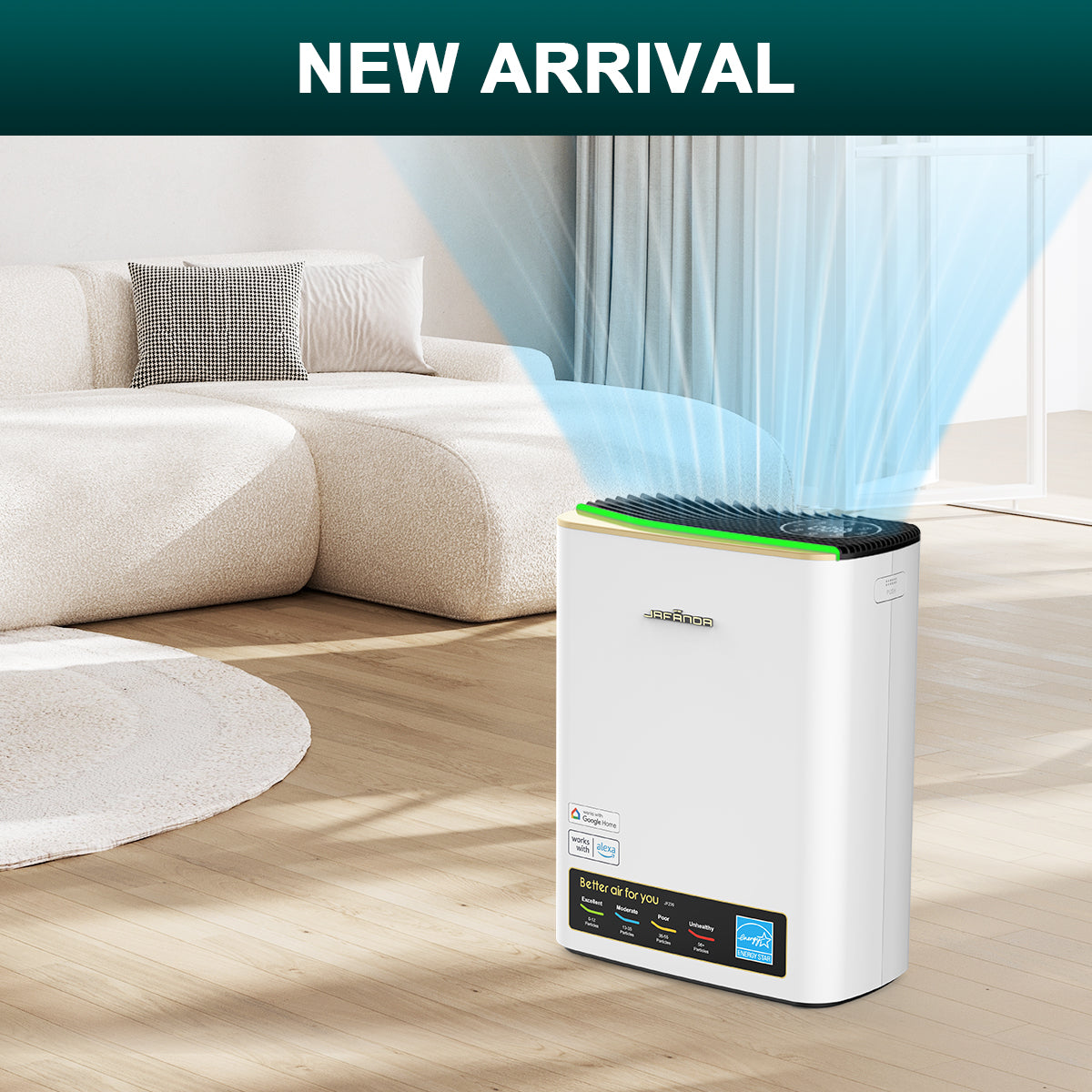

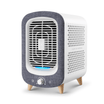
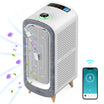
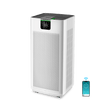
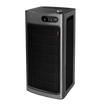
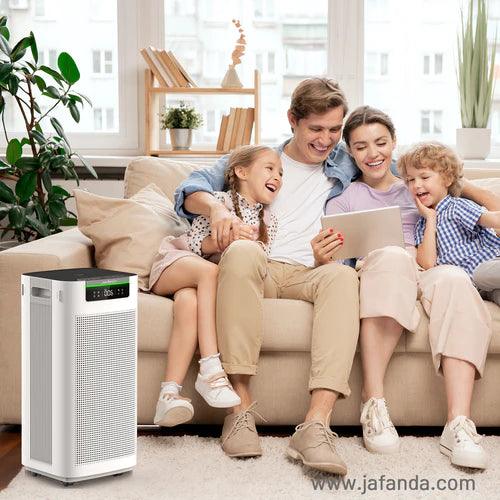
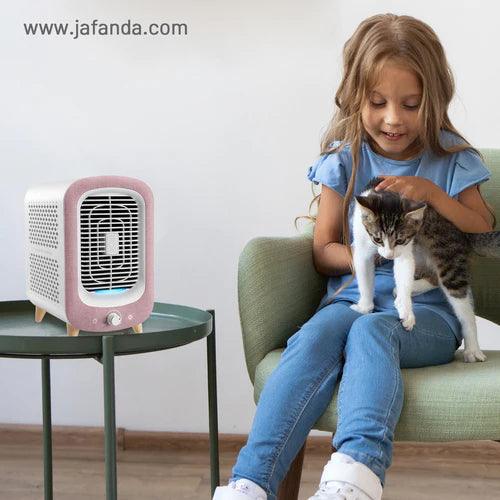
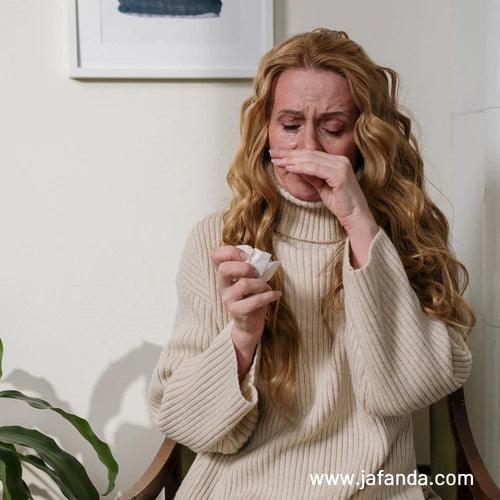
Leave a comment
All comments are moderated before being published.
This site is protected by hCaptcha and the hCaptcha Privacy Policy and Terms of Service apply.